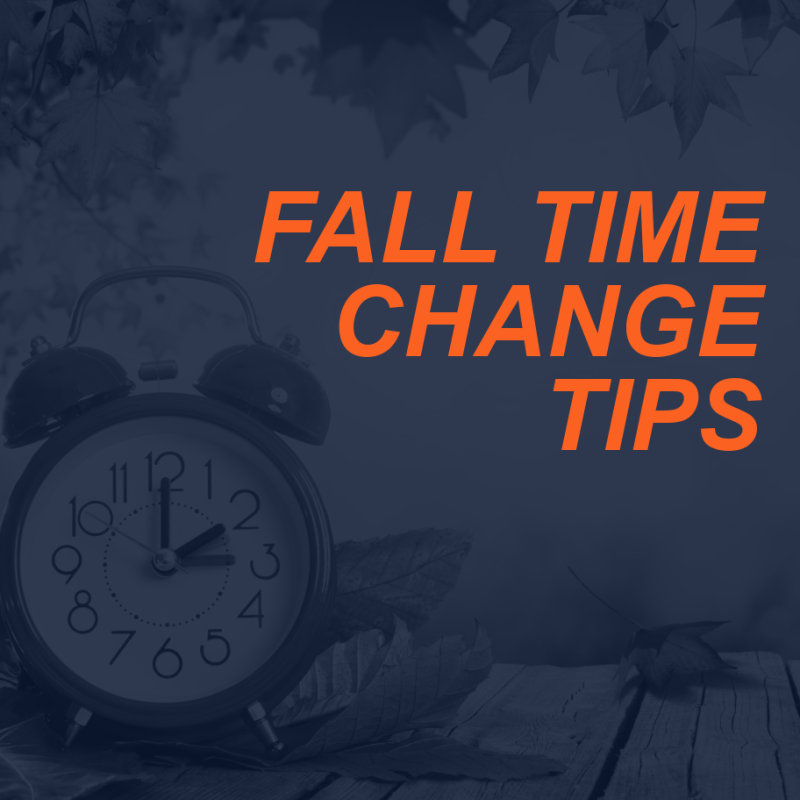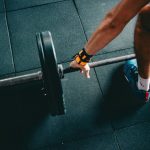
Clock time is changed by one hour, twice a year in 70 countries and most of the states in the U.S. By turning the clocks back one hour in the fall, we get more light in the morning, but less in the evening. Some people love it, others hate it. Many people enjoy the fall time change because the day feels longer on that Sunday the clocks are turned back, as if extra time is being awarded (with the opposite being true in the spring).
What people may not realize is that this extra hour can be applied to sleep, depending on what time a person goes to bed the night of the time change. Since personal trainers are masters of routines, here are two examples to consider as you talk about the time change with clients who desire more sleep.
Using the Fall Time Change for Sleep
Instead of going to bed at the typical clock time on the night of the time change, shift bedtime one hour earlier (on the clock), but keep the same rising time (on the clock) and an extra hour will be deposited into your sleep account that next morning. It seems like bedtime is earlier, but it’s actually the same to the body….
Here’s what it looks like.
Example One – one extra hour of sleep
Before the time change:
Usual clock bedtime – 11pm
Usual clock wake up – 6am
Total sleep time – 7 hours
During/after the time change:
New clock bedtime – 10pm (was 11pm)
New clock wake up – 6am (was 7am)
Total sleep time – 8 hours
Example Two – two extra hours of sleep
Before the time change:
Usual clock bedtime – 12am
Usual clock wake up – 6am
Total sleep time – 6 hours
During/after the time change:
New clock bedtime – 10pm (was 12am)
New clock wake up – 6am (was 7am)
Total sleep time – 8 hours
Instead of using the extra hour for daytime activities, the extra hour is applied to sleep, which impacts daytime quality of life. High-quality sleep benefits daytime concentration, mood, and energy – to name a few visible perks of sleep. On a deeper level, the heart, immune system, digestion and every system in the body benefits as well
Whether a person plays the time change game or not, they can improve sleep habits by applying these tips during the darker days of autumn and winter.
Three Tips for Better Fall Sleep
- Take cues from the sun. When the sun sets, most people turn on lights inside. Encourage people to keep the lights dim after the sun goes down, so the body can wind down alongside it. Bright lights impact the sleep hormone, melatonin, tricking the body into thinking it is still daytime. Dim lights help maintain a harmonious circadian rhythm, aligned with the planet we live on.
- Implement a bedtime routine. This is as important as an exercise routine or meal plan and pairs with the first tip. Coast the body into bedtime with dim lights and also activities such as a relaxing bath, journaling reading a book, stretching, a hot shower or doing a jigsaw puzzle. The human body takes cues from the environment and benefits from stress reducing routines in the evening.
- Maintain a consistent rising time and bedtime. The body has it’s own internal master clock and every single on of our 3-trillion cells has a clock that sets time-based upon the master clock. Exposure to light and darkness is one of the most prominent cues for this master clock. Sleep timing is incredibly valuable for vitality and efficiency, because the body is on a predictable rhythm. Every time a person changes their bedtime or rising time by an hour or more (like what is often done on weekends) it is like traveling time zones or imposing daylight savings time on the body. Which uses energy that could be expended elsewhere.
Mindfulness around the seasons and time changes benefits our health and wellness. We can change clocks and bedtimes without thinking and wonder why fatigue runs rampant through this culture. Or, we can use science and behavior change strategies to help people thrive.







